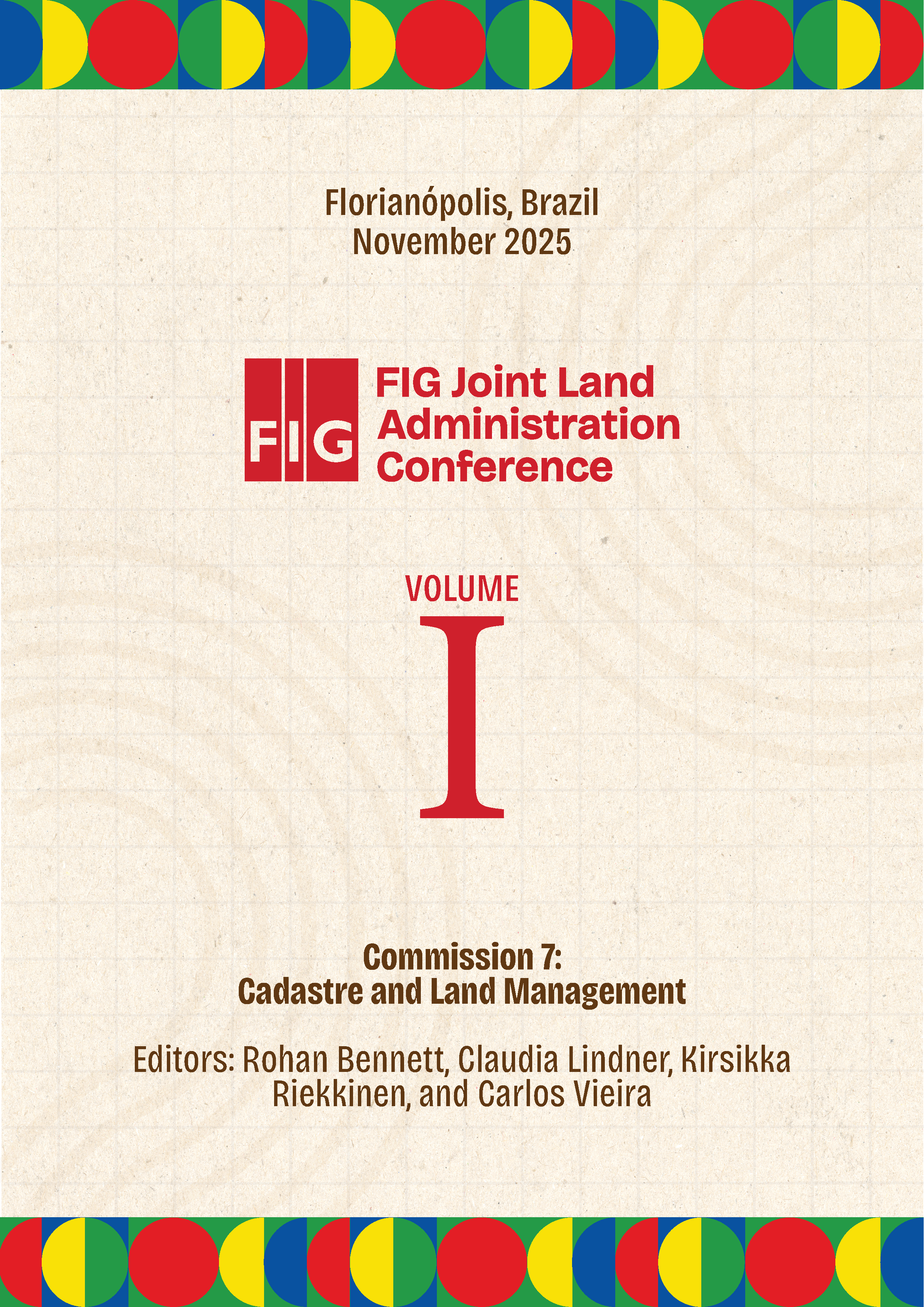Institutional Coordination and the Limited Reach of FELA to Latin American Cadastre
Palavras-chave:
institutional coordination, Latino America, land administration, Cadastre, FELAResumo
An effective Land Administration depends on clear and efficient collaboration among the public administration that work in the sector, private, and civil society actors. Framework for Effective Land Administration (FELA), the document in which UNGGIM-LA defines the approach to improve land governance and management, especially in developing countries, considers the coordination among institutions as a key component of this effective land administration.
In Latin American countries FELA has not yet reaching the cadastral agencies, despite their fundamental role in the administration of the territory. This is evident in the lack of awareness about this approach, under land governance frameworks that do not facilitate the FELA dissemination, assimilation and subsequent implementation. In this context, the lack of institutional coordination -including multilevel and multisector – was postulate as key factor that should be addressed.
The article analyzes, through documentation and interviews both with the heads of Latin American cadastral institutions, and with two of the main Geographic Institutes of the region, the distribution of competencies in land administration, the role of the cadastre and overall, the performance in the context of effective land administration
The study allows to assert that enhancing institutional coordination among land administration agencies – including multilevel agencies -, and between them and the regional and global contexts where FELA is addressed, is a key factor for cadastral institutions to effectively engage with FELA and achieve its outcomes in Latin America countries
Based on the FELA’s essential elements for achieving effective institutional coordination, concrete solutions are proposed in this article, that will improve this coordination, the knowledge of FELA by the Cadastral institutions and its positive impacts that would allow cadastral institutions to boost their functioning and results.


